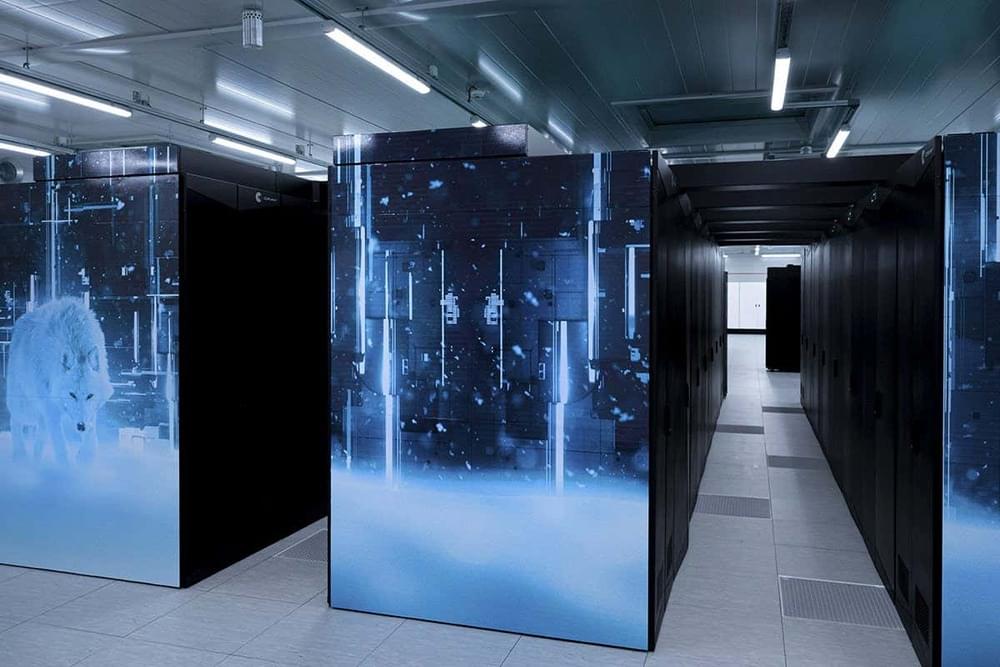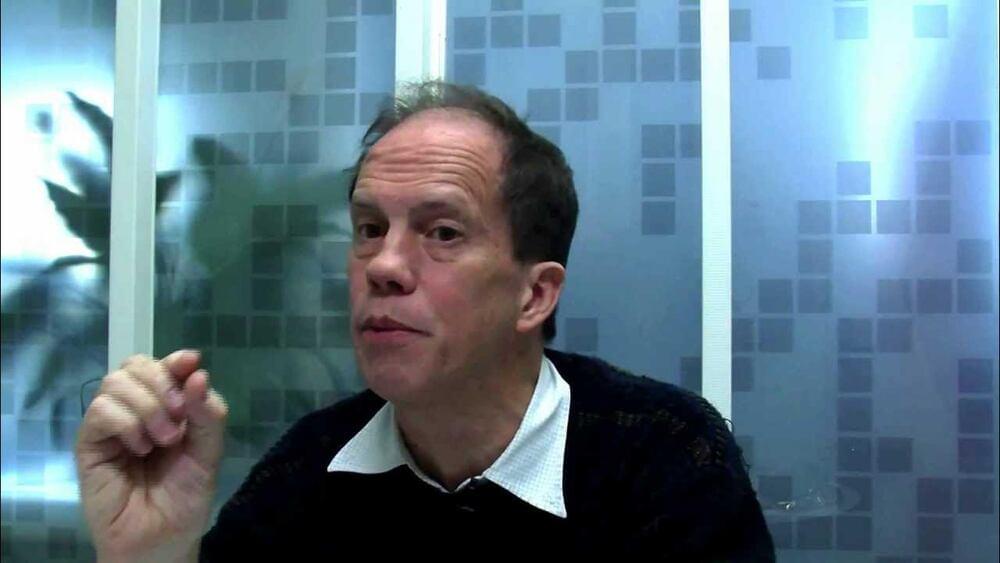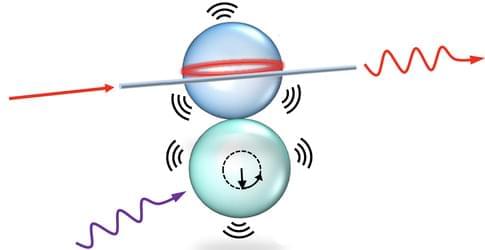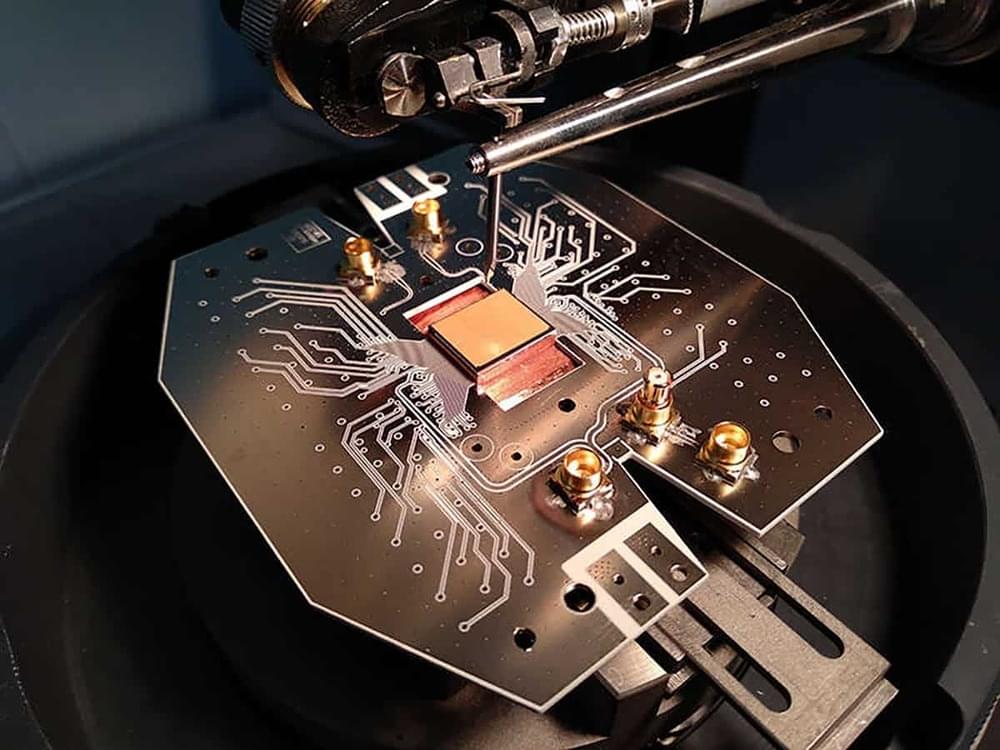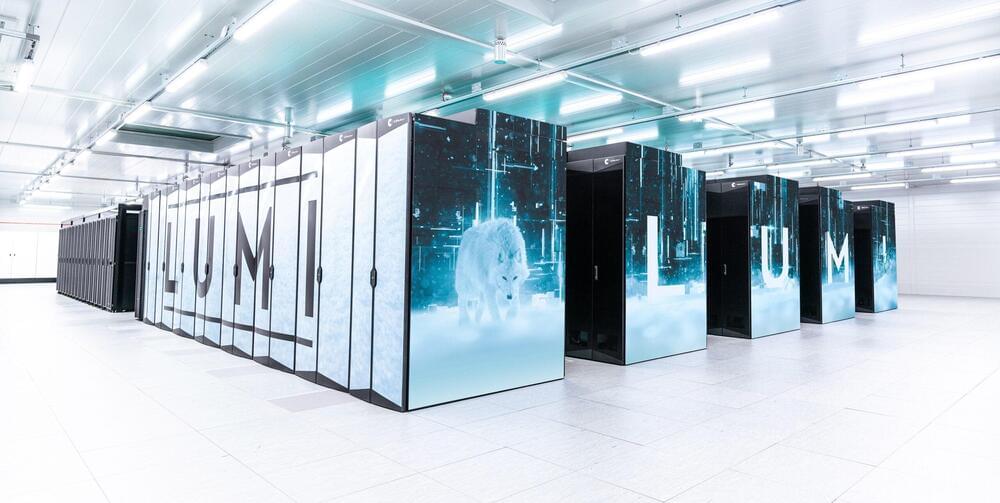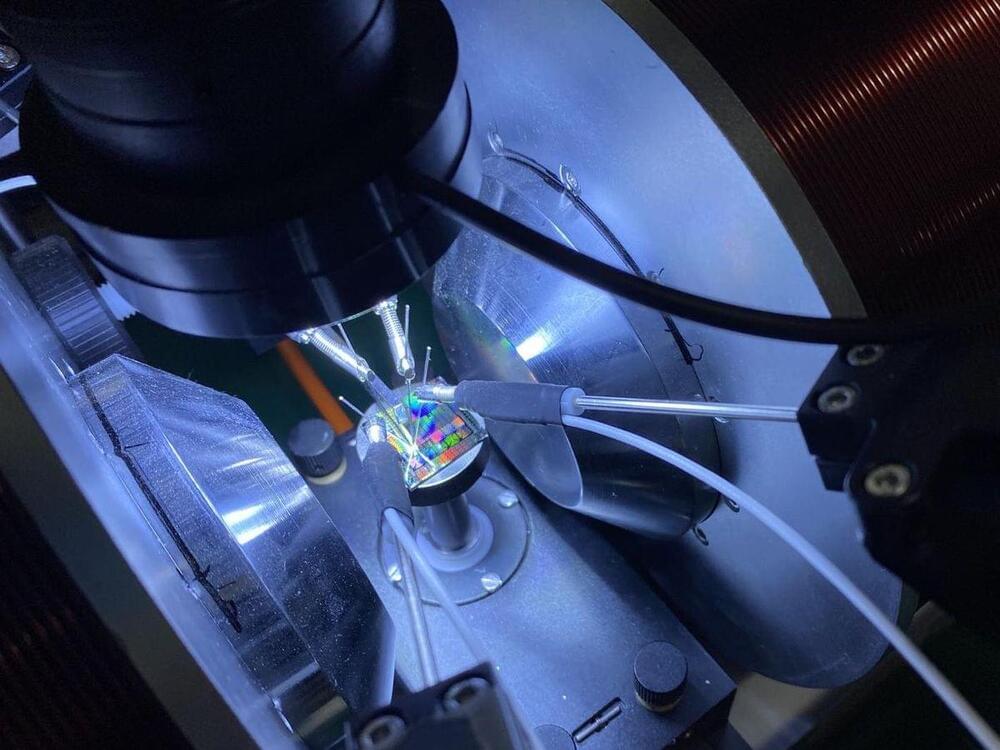Dec 13, 2022
Theory claims to offer the first ‘evidence’ our Universe is a hologram
Posted by Quinn Sena in categories: holograms, quantum physics, space
Year 2017 face_with_colon_three
While theories of holographic universes have been around since the 1990s, the latest study, published in the journal Physical Review Letters, contains the first proof, the researchers say.
To find the ‘evidence’, the researchers developed models of the holographic Universe that can be tested by peering back in time as far as 13 billion years, at the furthest reaches of the observable Universe. These models depend on the theory of quantum gravity, a theory that challenges the accepted version of classical gravity. The holographic principle says gravity comes from thin, vibrating strings which are all holograms of a flat, 2D Universe.
Continue reading “Theory claims to offer the first ‘evidence’ our Universe is a hologram” »

